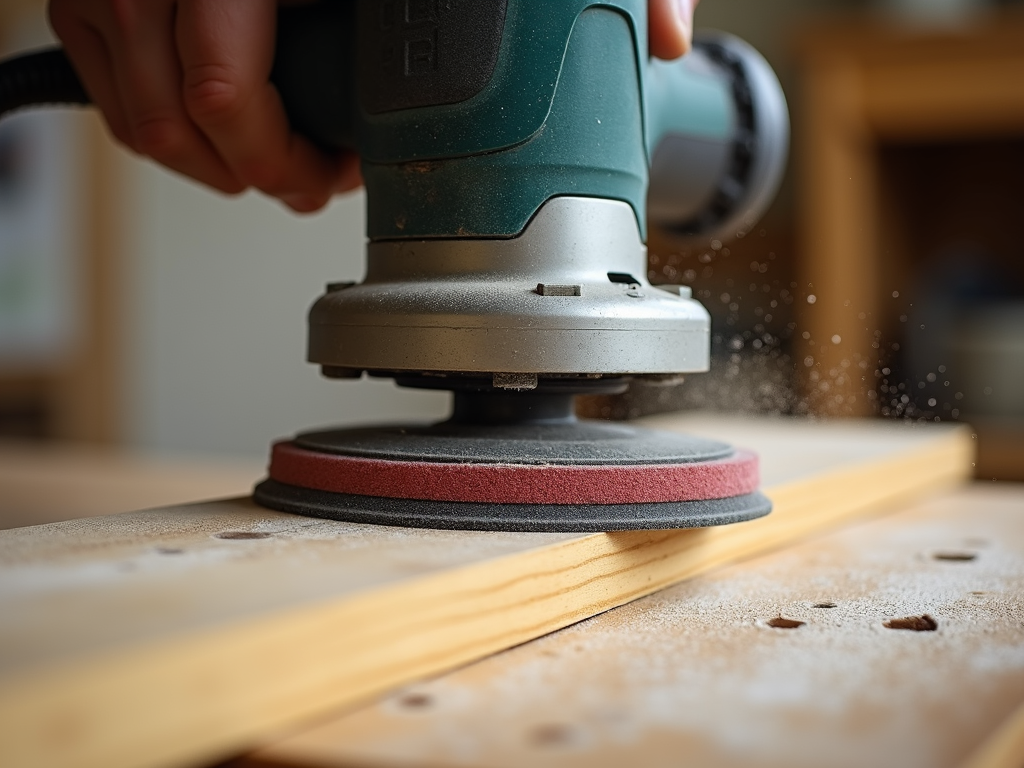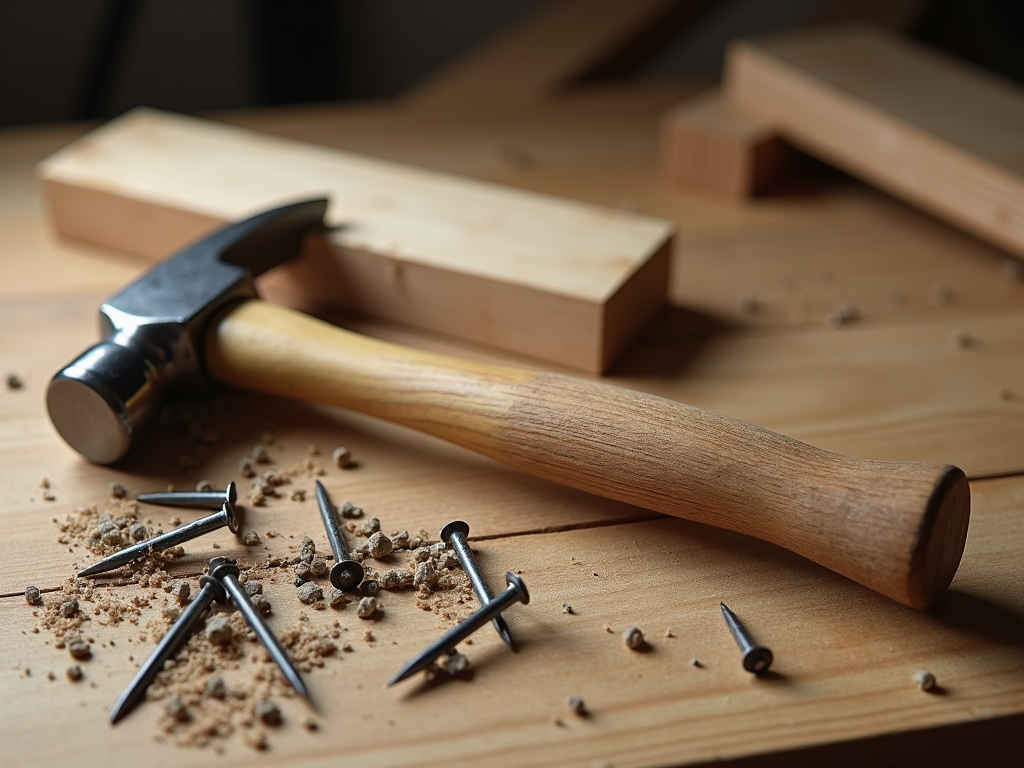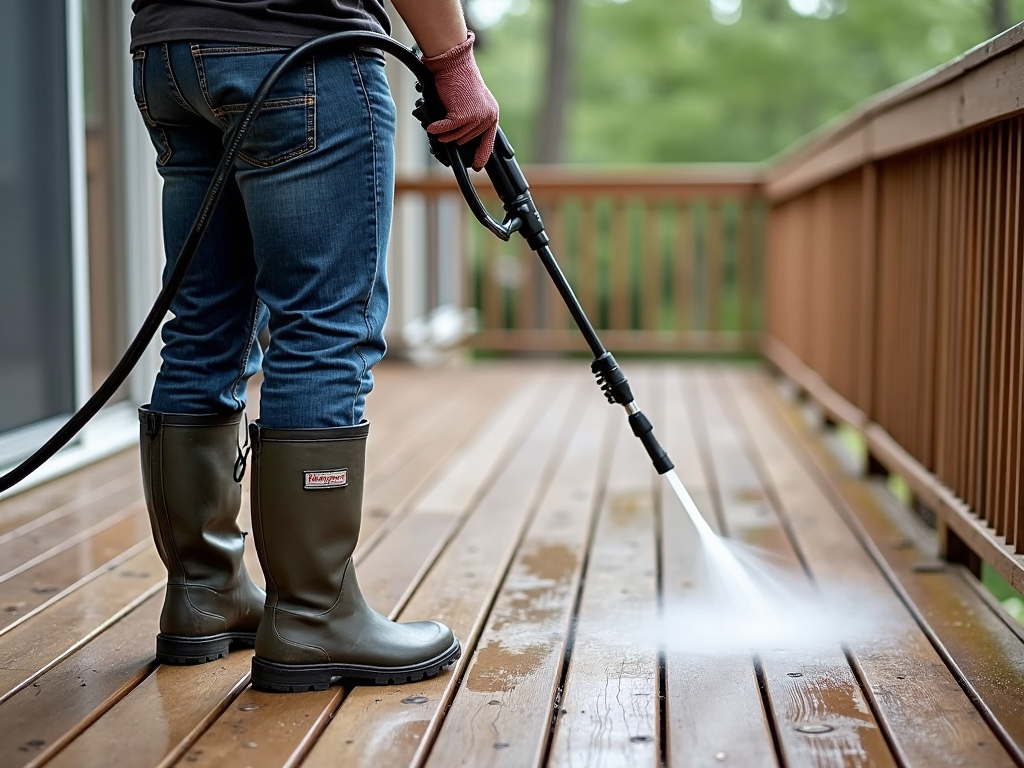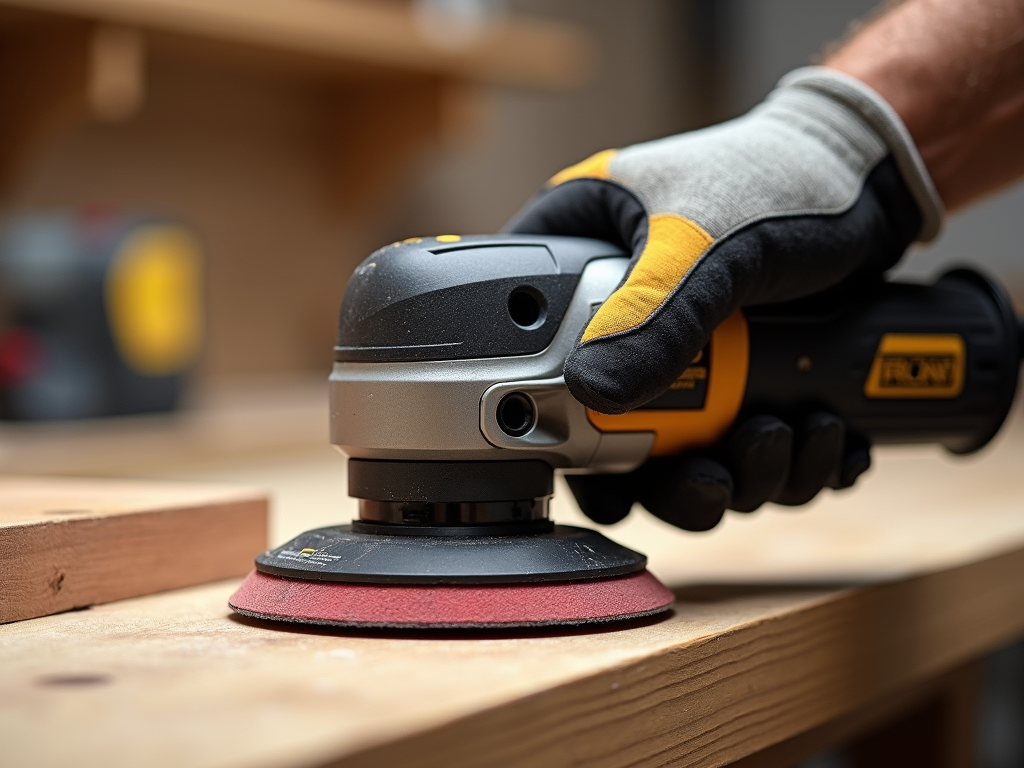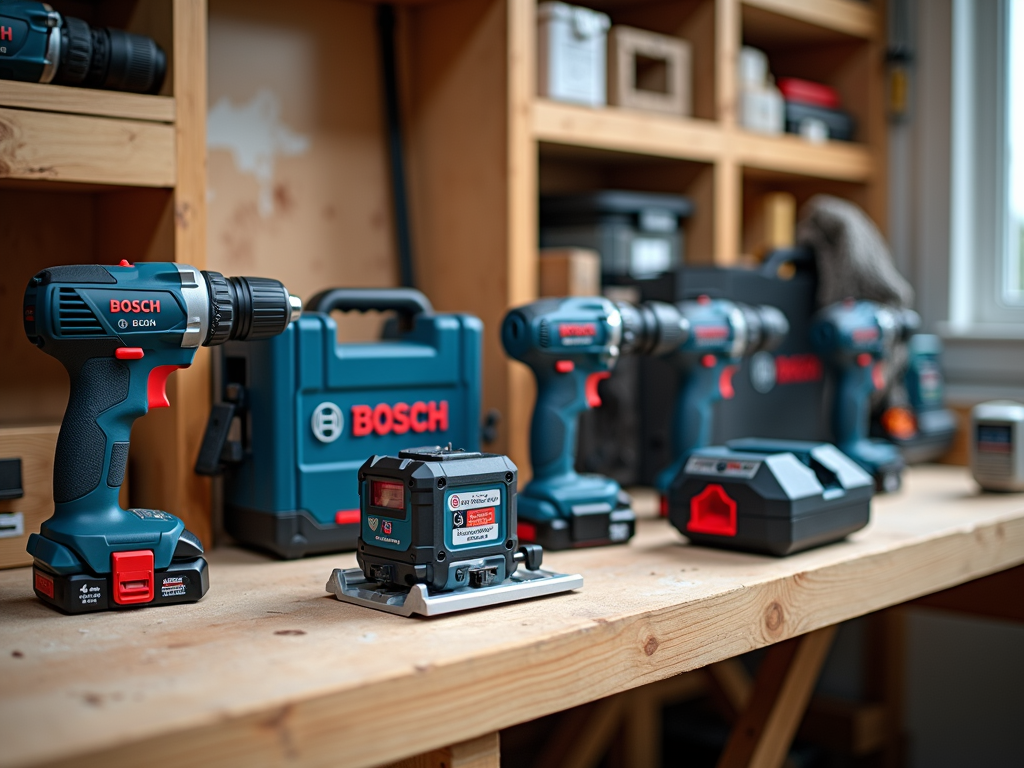Whether you’re building a bookshelf or fixing a fence, a power drill is your best friend. But here’s the catch: the drill is only as good as the bit you use. Picking the perfect drill bit for any job can save you time, effort, and frustration. In this guide, I’ll share everything I’ve learned from years of DIY projects to help you choose the right bit, stay safe, and keep your tools in top shape.
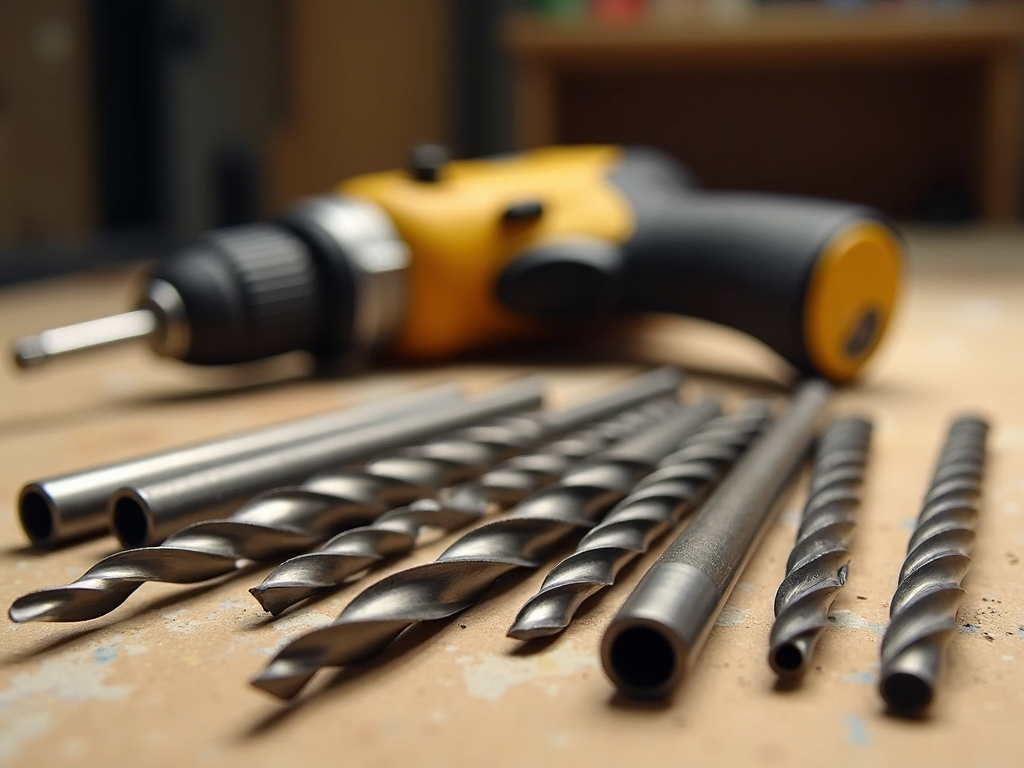
Why the Right Drill Bit Matters
I remember my first DIY project—a simple wooden birdhouse. I grabbed the first drill bit I saw, and within minutes, I had a splintered mess. That’s when I realized: not all drill bits are created equal. The right bit cuts cleanly, works efficiently, and keeps your project on track. The wrong one? It’s a recipe for damaged materials and a sore arm. Let’s dive into the types of bits and what they’re best for.
Types of Drill Bits You’ll Need
Drill bits come in all shapes and sizes. Here’s a rundown of the most common ones:
- Twist Bits: These are your go-to for most jobs. They work on wood, plastic, and metal. The spiral shape clears out debris as you drill.
- Spade Bits: Perfect for big holes in wood—like for running cables. They’re flat and wide with a point to guide them.
- Hole Saws: Need a large, round cut? These are your pick for wood, plastic, or even thin metal. They’re like a mini circular saw.
- Masonry Bits: Built for concrete, brick, or stone. They have a tough carbide tip to handle hard surfaces.
- Forstner Bits: Great for clean, flat-bottomed holes in wood—think cabinet hinges or decorative touches.
Each type has a purpose, so knowing your project is key.

Matching Bits to Materials
Choosing a drill bit starts with what you’re drilling. Here’s how I break it down:
- Wood: Twist bits handle small holes fine. For bigger ones, I use spade bits or hole saws. Forstner bits are my pick for precision—like when I installed drawer pulls last month.
- Metal: High-speed steel (HSS) twist bits work for most metals. For tough stuff like stainless steel, I grab cobalt bits—they don’t overheat as fast.
- Concrete or Brick: Masonry bits are a must. I set my drill to hammer mode and let the carbide tip do the work.
- Plastic: Twist bits are okay, but I go slow to avoid melting the edges—learned that the hard way with a plastic box project.
Match the bit to the material, and you’ll get clean results every time.
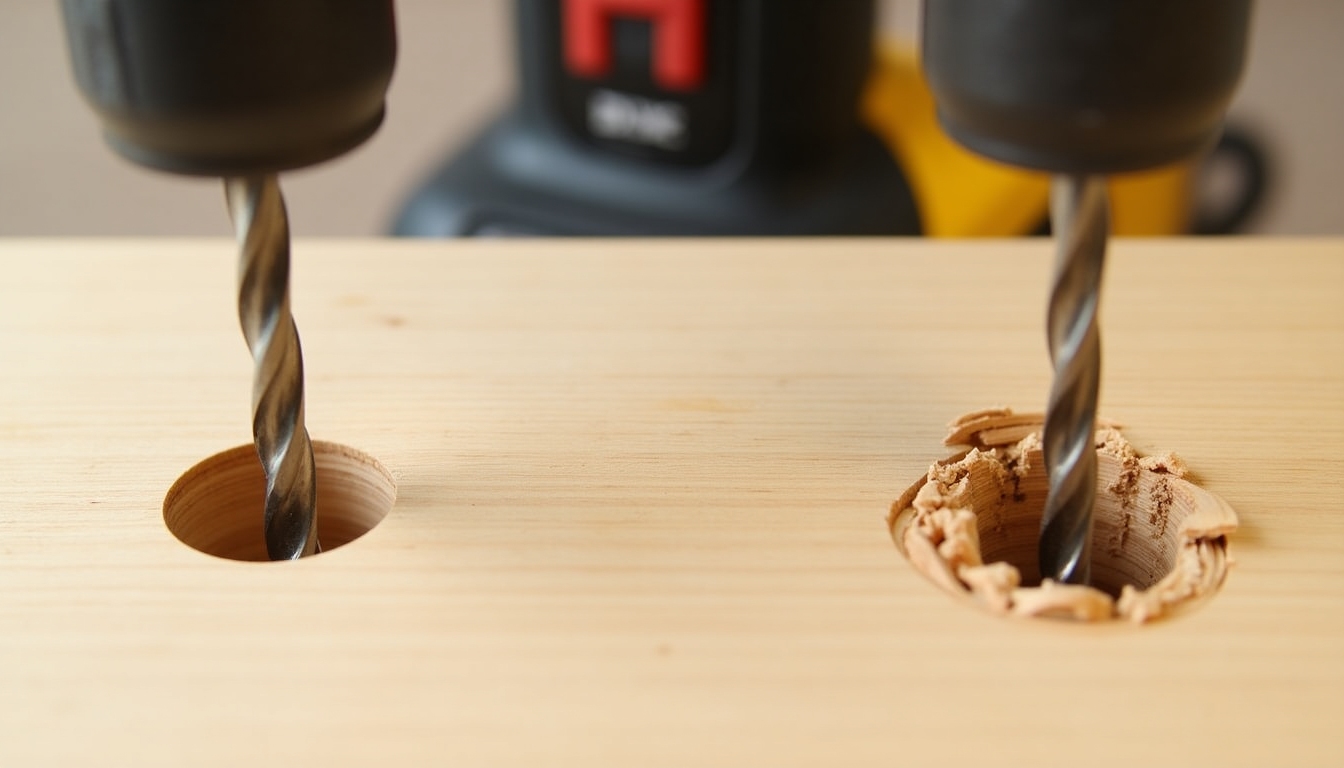
Safety Tips for Using Power Tools
Drilling isn’t just about the bit—it’s about staying safe. I’ve had a few close calls, like when a loose board spun and nearly hit me. Here’s what keeps me safe:
- Gear Up: Safety goggles are non-negotiable—debris flies fast. Gloves protect your hands, and earplugs help if you’re drilling all day.
- Hold It Steady: Clamp your workpiece down. A vice or clamps keep it from shifting.
- Check Your Tools: Before I start, I make sure the bit’s sharp and the drill’s working. A dull bit once jammed my drill—lesson learned.
- Set the Speed: Wood likes fast speeds, but metal needs slow and steady to avoid heat buildup.
- Clear the Space: A tidy workbench means no tripping or tangled cords.
Safety first, and you’ll finish every job in one piece.
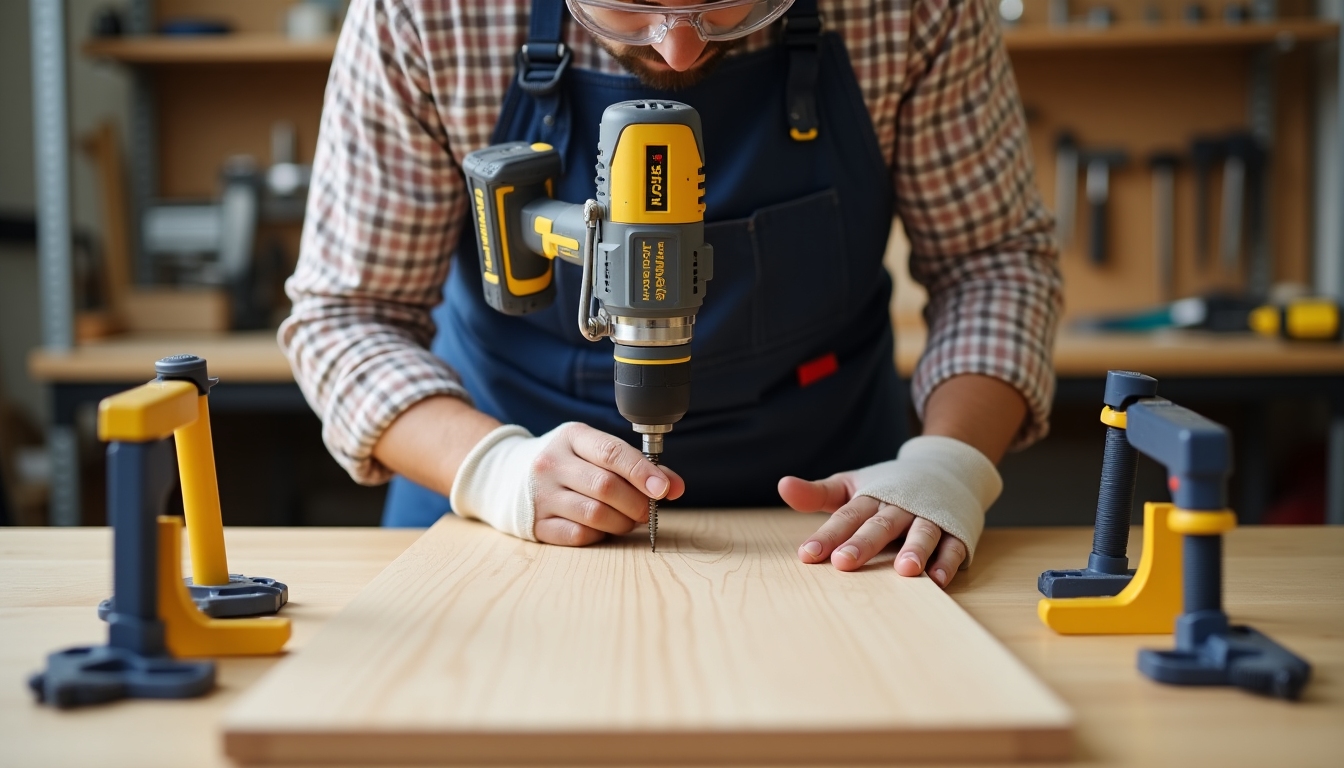
Size and Shank: Getting the Details Right
Beyond type, size matters. Drill bits are measured in fractions of an inch or millimeters. Small bits (1/16 inch) are for pilot holes; bigger ones (1 inch or more) tackle heavy jobs. The shank—the part that fits into the drill—also varies. Most power drills take round shanks, but some use hexagonal ones for extra grip. I always double-check my drill’s chuck size (usually 3/8 or 1/2 inch) to make sure the bit fits snugly.
The Ultimate Guide to Cordless Drill Care
My cordless drill is my trusty sidekick, but it needs care to stay reliable. Here’s how I keep it running strong:
- Battery TLC: I store batteries in a cool spot—not the garage in summer. I charge them partway if they’ll sit unused for months.
- Wipe It Down: After a dusty job, I clean the drill with a cloth. Debris in the chuck can jam it up.
- Lubricate: A drop of oil in the chuck every few months keeps it smooth.
- Inspect: I check for cracks or loose parts. Once, a wobbly chuck ruined a bit—fixed it fast.
- Store Smart: It lives in a case, away from dampness.
A little care goes a long way with cordless drills.

Power Tools Maintenance Tips
Drills aren’t the only tools needing love. Here’s how I keep all my power tools in shape:
- Read Up: The manual has golden tips—don’t skip it.
- Sharpen Bits: Dull bits strain the drill. I sharpen mine with a file or replace them when they’re too far gone.
- Check Cords: For corded tools, I look for frayed wires. A damaged plug once sparked—replaced it pronto.
- Stay Dry: Wet tools rust fast. I keep mine in a dry shed.
- Tune Up: Adjustable settings can drift. I test torque on scrap wood to keep it right.
Regular upkeep means fewer repairs and better performance.

Personal Tricks I’ve Picked Up
Over the years, I’ve found a few hacks that make drilling easier. For metal, I dab a bit of cutting oil on the bit—keeps it cool and smooth. With masonry, I mark the depth with tape on the bit so I don’t over-drill. And for wood, I start with a small pilot hole to guide the bigger bit. Little things, but they save headaches.
Where to Learn More
Want deeper knowledge? Check out resources like the Family Handyman for tool tips or OSHA’s safety guidelines for pro-level advice. They’ve helped me sharpen my skills over time.
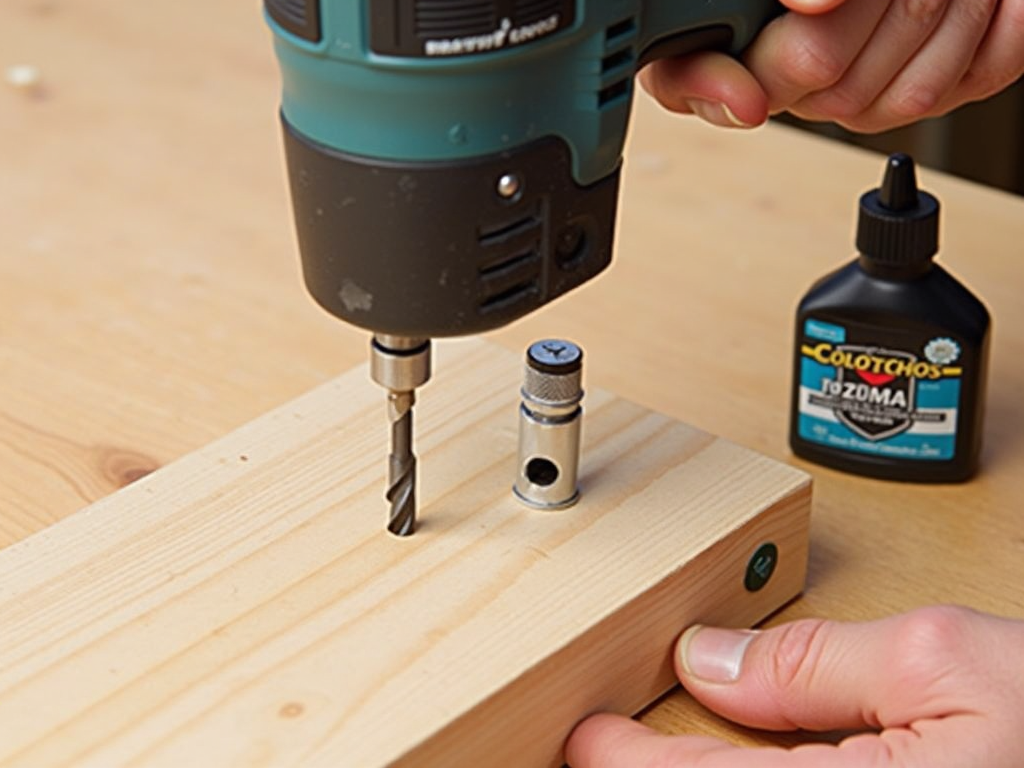
Summary
Picking the perfect drill bit for any job is about knowing your materials, matching the bit, and keeping safety first. From twist bits for metal to masonry bits for concrete, the right choice makes all the difference. Add in some care for your power drills—like cleaning and battery storage—and you’re set for success. With these tips, you’ll tackle any project with confidence.
Related Picking the Perfect Drill Bit for Any Job:
- Unleash Your Creativity: Rotary Tools for Sanding, Polishing, and Beyond
- The Ultimate Guide to Hand Tools Every Mechanic Needs
- Top 10 Hand Tools Every Workman Should Own
- How to Choose the Right Power Washer for Your Needs
- Essential Electrical Tools for Troubleshooting and Repair: A Comprehensive Guide
- The Future of Industrial Automation: How AI and Advanced Tools Are Shaping Tomorrow's Factories
- Mastering Rotary Tools for Artistic Creations: From Sanding to Polishing and Beyond
- Revolutionizing Painting: Innovative Tools for Efficiency and Creativity
- Toolbox Maintenance: A DIY Guide
- Choosing the Right Wood: Essentials for Woodworkers
- How 3D Scanning is Transforming Construction Planning
- Precision with Bosch: Elevate Your Workshop
